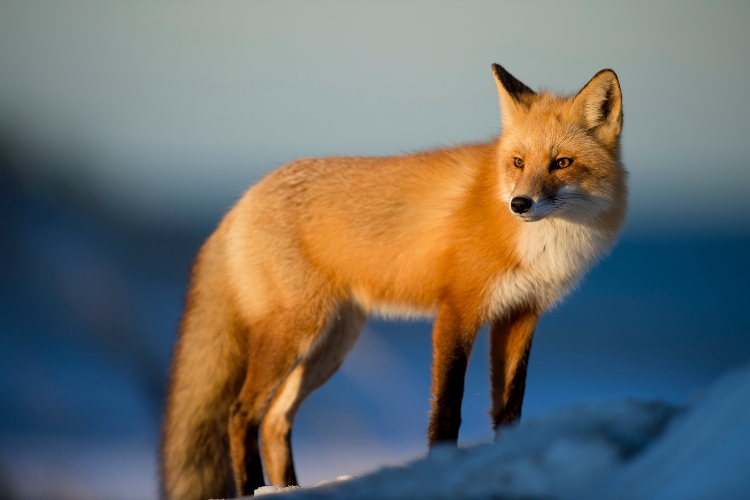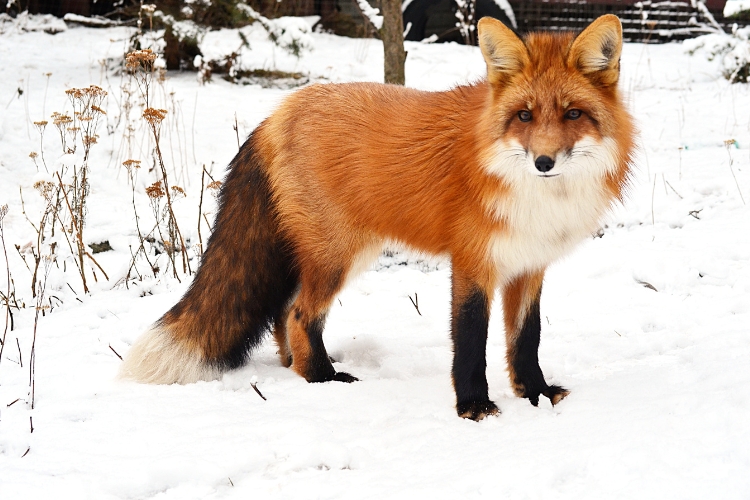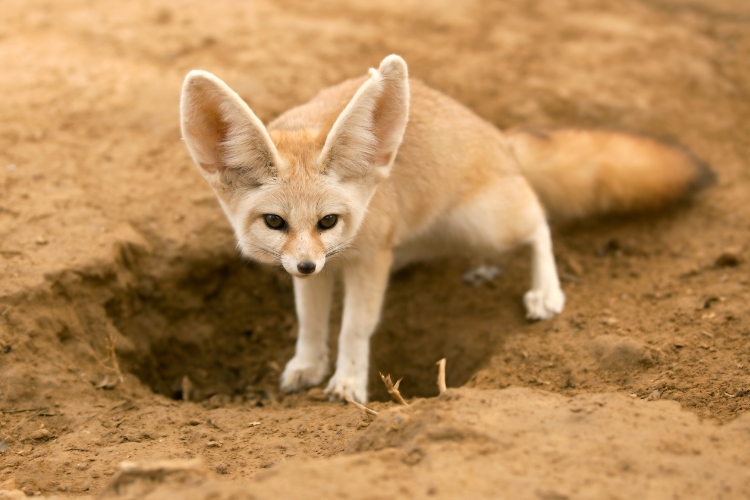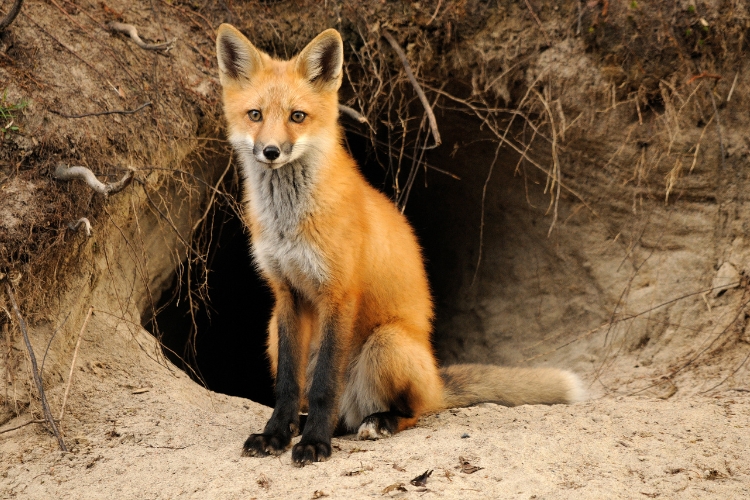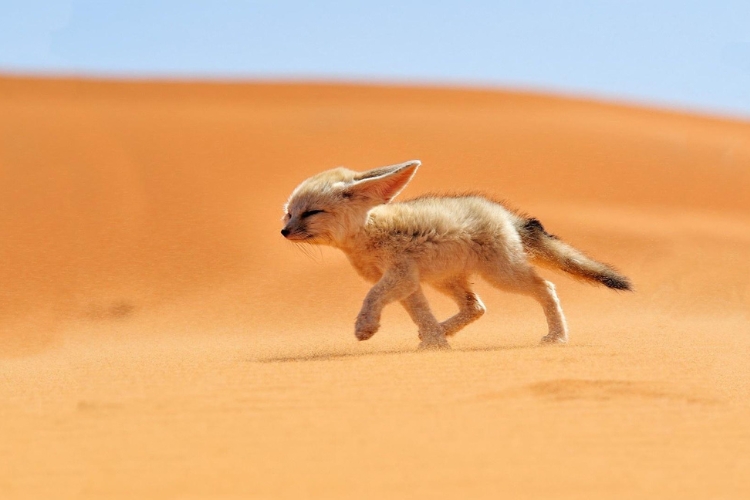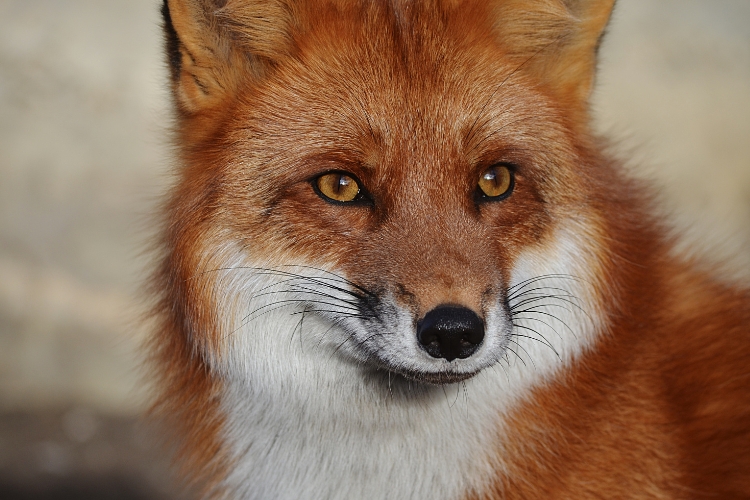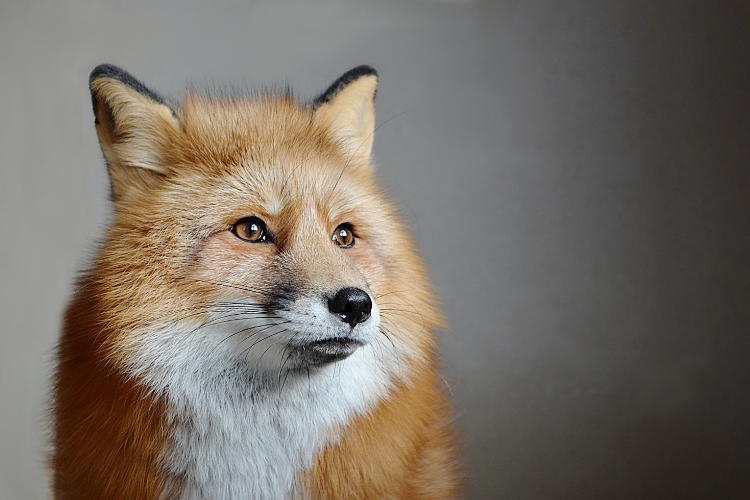Foxes are fascinating creatures that have captured the imagination of humans for centuries. These elusive and cunning animals belong to the Canidae family, which includes wolves, jackals, and domesticated dogs.
With their striking features, agile movements, and clever behavior, foxes have earned a place in folklore, literature, and popular culture worldwide.
In this blog post guide, we’ll delve into the captivating world of foxes, uncovering their unique characteristics, behaviors, and adaptations. From their diverse species to their remarkable survival strategies, we’ll explore the intriguing facts that make these animals truly fascinating.
Diversity of Fox Species
Foxes are found on every continent except Antarctica, and there are numerous species that have adapted to various habitats across the globe. Here are some of the most notable fox species:
1. Red Fox (Vulpes vulpes)
The red fox is perhaps the most widely recognized and widely distributed fox species. With its striking reddish-orange fur, black legs, and white-tipped tail, this agile hunter can be found in diverse environments, including forests, grasslands, and even urban areas.
2. Arctic Fox (Vulpes lagopus)
Perfectly adapted to the harsh conditions of the Arctic tundra, the Arctic fox is a master of camouflage. Its thick, insulated fur changes color with the seasons, from white in winter to grayish-brown in summer, allowing it to blend seamlessly with its snowy surroundings.
3. Gray Fox (Urocyon cinereoargenteus)
Native to North and Central America, the gray fox is known for its unique ability to climb trees. With its strong, hooked claws and rotating wrists, this agile fox can effortlessly ascend trunks and forage for food in the canopy.
4. Fennec Fox (Vulpes zerda)
The fennec fox, native to the Sahara Desert and other arid regions of North Africa, is easily recognizable by its large, bat-like ears. These oversized auditory organs help the fennec fox locate prey and stay alert in its harsh desert environment.
Remarkable Adaptations and Survival Strategies
Foxes are highly adaptable animals that have developed various strategies to survive and thrive in diverse habitats. Here are some of their remarkable adaptations:
- Keen Senses: Foxes have excellent eyesight, hearing, and a highly developed sense of smell, which aid them in hunting, navigating, and avoiding predators.
- Agility and Speed: With their slender bodies and nimble movements, foxes can easily maneuver through tight spaces and achieve impressive bursts of speed when necessary, helping them evade threats or catch prey.
- Camouflage and Stealth: Many fox species have developed camouflage techniques, such as changing coat colors or using their bushy tails to conceal themselves, allowing them to blend seamlessly into their surroundings and ambush unsuspecting prey.
- Omnivorous Diet: Foxes are opportunistic omnivores, capable of subsisting on a diverse range of food sources, including small mammals, birds, insects, fruits, and even human-provided scraps in some cases. This dietary flexibility allows them to adapt to various habitats and food availability.
Fox Behavior and Social Structure
While often portrayed as solitary animals, foxes exhibit a range of social behaviors and family structures. Here are some interesting facts about their social lives:
- Monogamous Pairs: Many fox species form long-term monogamous pairs, with both parents participating in raising their young.
- Family Groups: Foxes live in family groups, typically consisting of a breeding pair and their offspring from previous litters. These groups cooperate in hunting, defending territory, and caring for the young.
- Denning: Foxes are den animals, using underground burrows or natural crevices as shelters for raising their young and seeking refuge from predators and harsh weather conditions.
- Vocalizations: Foxes have a diverse range of vocalizations, including barks, screams, whines, and growls, which they use for communication, territory marking, and attracting mates.
Fox Habitats and Conservation
Foxes can be found in a variety of habitats, ranging from dense forests and tundra regions to urban areas and deserts. However, many fox species face threats due to habitat loss, hunting, and human-wildlife conflicts. Here are some key points about fox habitats and conservation efforts:
- Habitat Loss: Deforestation, urbanization, and agricultural expansion have led to the loss and fragmentation of fox habitats, forcing these animals to adapt or migrate to new areas.
- Hunting and Trapping: In some regions, foxes are still hunted or trapped for their fur, sport, or perceived threats to livestock or game species.
- Urban Foxes: As urban areas expand, some fox species have adapted to living in close proximity to humans, finding shelter and food sources in cities and suburbs.
- Conservation Efforts: Various conservation organizations and wildlife agencies work to protect fox habitats, regulate hunting practices, and raise awareness about the importance of these animals in maintaining healthy ecosystems.
Fox Folklore and Cultural Significance
Throughout history, foxes have held a significant place in various cultures and folklore traditions. Here are some examples of their cultural significance:
- Native American Folklore: In many Native American traditions, the fox is revered as a clever and cunning animal, often portrayed as a trickster figure in stories and legends.
- Japanese Mythology: In Japanese folklore, the kitsune, or fox spirit, is considered a powerful and mystical being, capable of shapeshifting and possessing wisdom and longevity.
- European Folklore: In European folklore, foxes are often depicted as sly and mischievous creatures, with tales of their cunning and resourcefulness passed down through generations.
- Literature and Pop Culture: Foxes have been featured prominently in literature, movies, and pop culture, with characters like the sly Mr. Fox from Roald Dahl’s classic novel or the iconic Firefox web browser logo.
Fox Conservation and Threats
Despite their adaptability and resourcefulness, many fox species face significant threats to their survival. Here are some of the major challenges and conservation efforts related to foxes:
- Habitat Loss and Fragmentation: Urbanization, deforestation, and agricultural expansion continue to reduce and fragment fox habitats, making it difficult for these animals to find suitable living spaces and resources.
- Hunting and Trapping: In some regions, foxes are still hunted or trapped for their fur, sport, or perceived threats to livestock or game species, leading to population declines.
- Diseases and Pests: Foxes can be susceptible to diseases like rabies, canine distemper, and parasites like mange, which can affect their health and survival rates.
- Human-Wildlife Conflicts: As urban areas expand and foxes adapt to living in close proximity to humans, conflicts can arise due to perceived threats to pets, livestock, or property.
- Conservation Efforts: Various conservation organizations, wildlife agencies, and research institutions are working to protect fox habitats, regulate hunting practices, and raise awareness about the importance of these animals in maintaining healthy ecosystems.
Fascinating Fox Facts and Figures
To further illustrate the captivating world of foxes, here are some fascinating facts and figures:
| Fact | Description |
|---|---|
| Longevity | Foxes have a lifespan of 2-5 years in the wild, but can live up to 10-12 years in captivity. |
| Litter Size | Fox litters typically range from 4-6 kits, but can sometimes have up to 12 pups. |
| Hearing Range | Foxes can hear sounds in the range of 48-80,000 Hz, allowing them to detect even the faintest prey movements. |
| Speed | The red fox can achieve speeds of up to 45 mph (72 km/h) over short distances. |
| Habitat Range | Foxes can be found in a wide range of habitats, from Arctic tundra to deserts and urban areas. |
Conclusion
Foxes are truly remarkable animals that have captivated humans for generations. Their cunning nature, adaptability, and unique behaviors have earned them a prominent place in folklore, literature, and popular culture worldwide. From the arctic tundra to urban landscapes, these resourceful canids have found ways to thrive and survive, showcasing their resilience and evolutionary prowess.
As we continue to explore and understand the fascinating world of foxes, it is crucial to prioritize their conservation and protect their habitats. By raising awareness about the importance of these animals in maintaining healthy ecosystems, we can ensure that future generations can appreciate and coexist with these captivating creatures.

